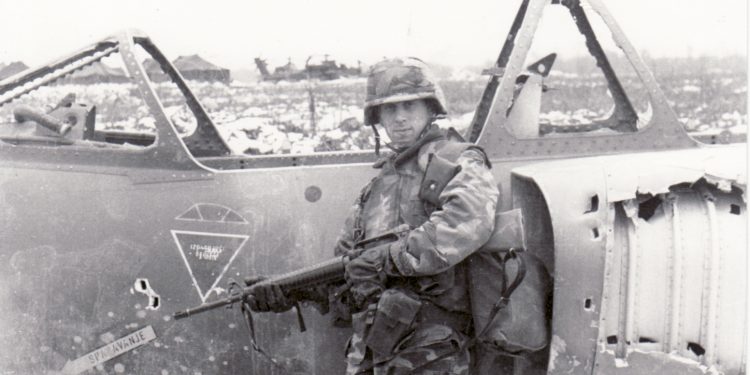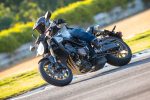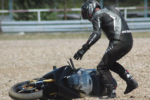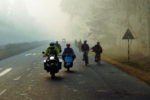Military Secrets That Saved My Life on a Motorcycle

When I first threw a leg over a motorcycle, I had no idea how much my time in the U.S. Army would shape the way I ride—and survive—on two wheels. But over the years, I began to see the connection between military training and smart, strategic motorcycling. What I learned in uniform didn’t just make me a better soldier—it made me a safer, more skilled rider. And today, I want to share those lessons with you.
Whether you’re a beginner or have decades in the saddle, these five core military principles might just save your life on the road.
1. We Train How We Fight
In the Army, we didn’t train for parades—we trained for war. And as riders, we shouldn’t be drilling for parking lots if our biggest risk is high-speed corners and panic stops.
I once had a sergeant who thought “train how we fight” meant wearing full combat gear while zeroing our rifles in the sweltering Missouri heat. But that misses the point. You don’t zero a rifle in combat. That needs to happen before the bullets start flying.
Similarly, while parking lot drills are essential for new riders—just like learning to march is for soldiers—once you’ve built basic control, it’s time to level up. You don’t crash because you can’t U-turn at a gas station. You crash because you panic in a corner, or because your front brake skills aren’t sharp enough at real-world speeds.
Want to train like your life depends on it? Practice emergency stops from 60, not 20. Learn to corner at pace, not in a circle. I’m a huge advocate for track days because they replicate real riding conditions. Train how you ride. Ride like your training matters.
2. Put Your Arm Around Fear
When my unit was deployed to Bosnia in ’95, we landed under the shadow of distant mortar fire. My job? Drive a Humvee straight off the C-17 ramp into the freezing darkness. Was I scared? Absolutely. Every day outside the wire was a lesson in managing fear.
A crusty old Command Sergeant Major once pulled me aside and said something I’ll never forget:
“Fear isn’t the enemy, soldier. Put your arm around it. Listen to it. Let it guide you to what needs fixing.”
Fear tells us where we’re vulnerable. On a motorcycle, fear might mean you need better braking skills, more cornering confidence, or just more saddle time. Don’t suppress it. Don’t fake your way through it. Use fear as your coach—not your enemy.
3. Adapt and Overcome
In Sergeant School, we had to lead our platoons in a complex marching challenge—think military “snake” chess. When I was about to lose, I broke formation, sprinted across the field, and reset my team with a “fall in!” It wasn’t in the manual, but it worked.
I got called into command expecting punishment. Instead, I got coined for creative leadership.
Riding is no different. We don’t ride in perfect conditions with perfect plans. You hit gravel mid-corner. Traffic cuts you off. Your line evaporates. The more adaptable you are—knowing when to trail brake, how to shift your weight, when to change your plan—the safer and smoother your ride becomes.






